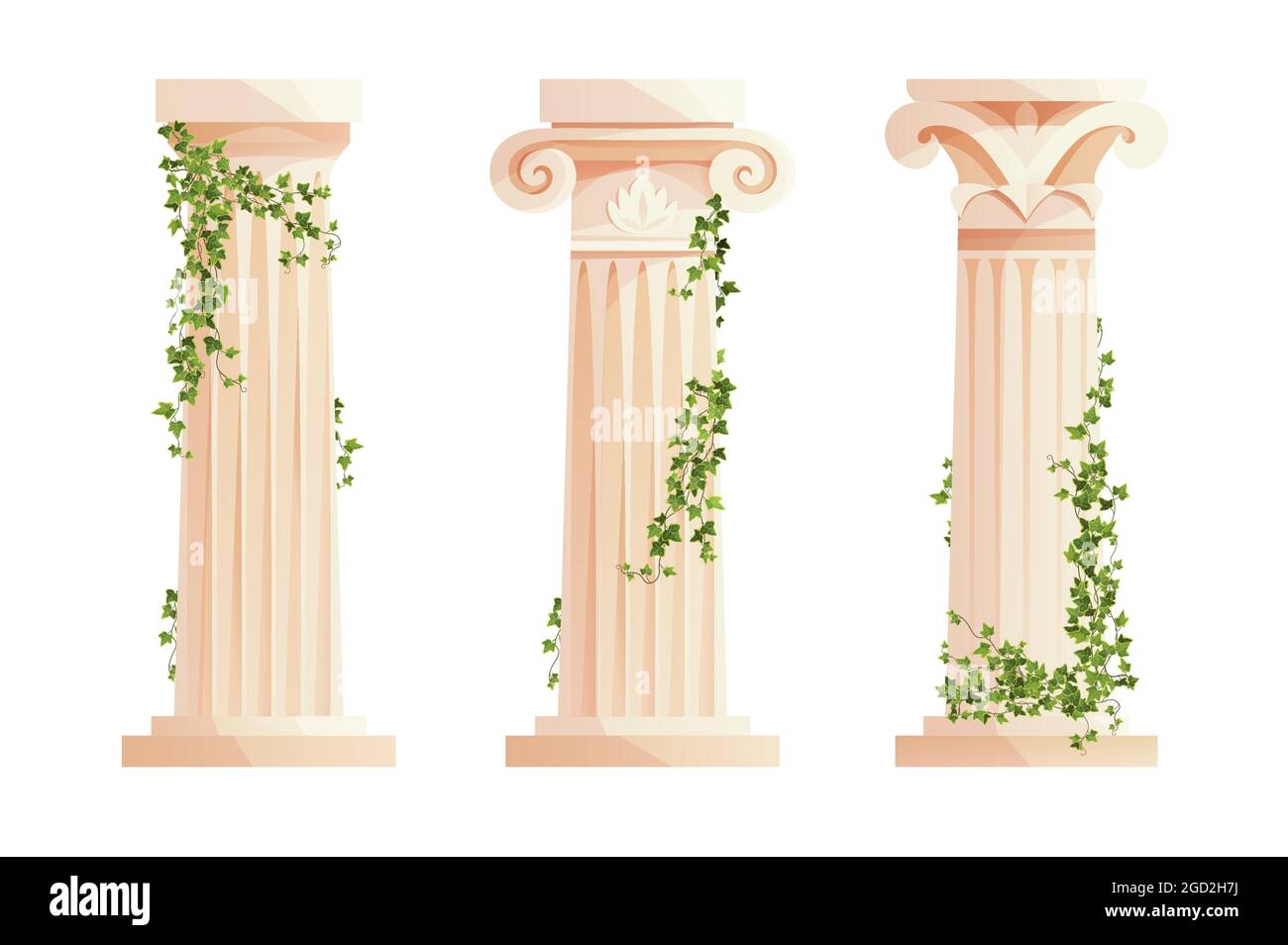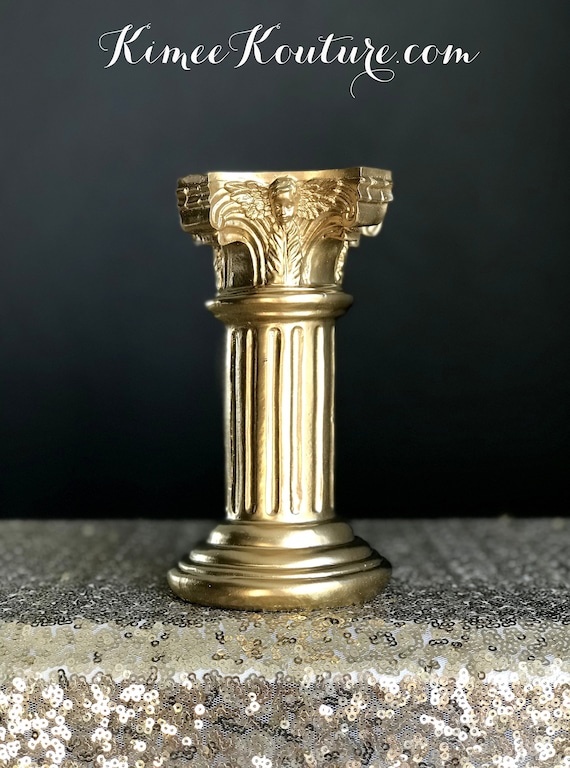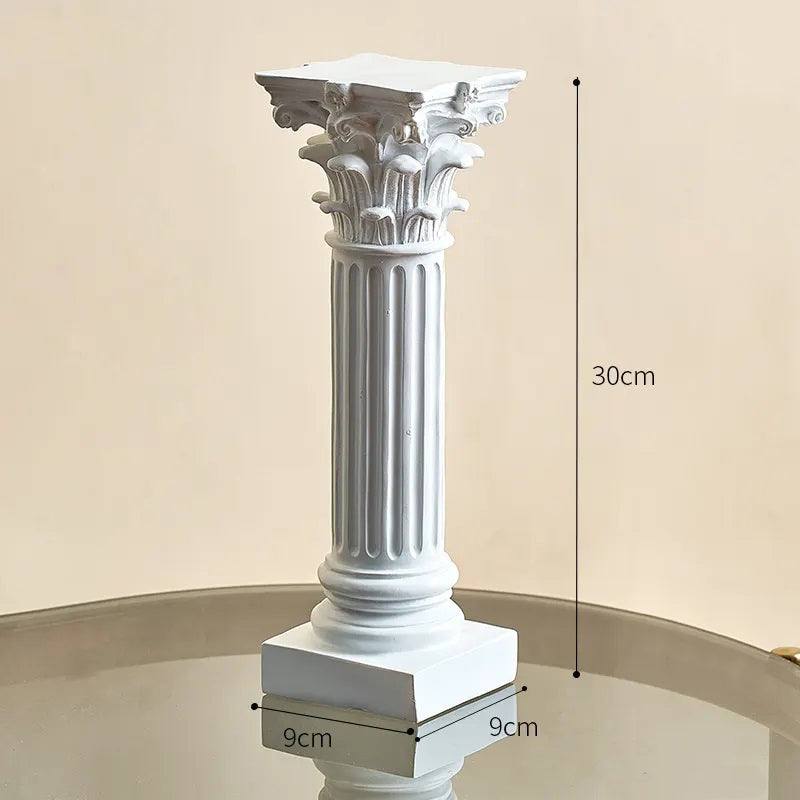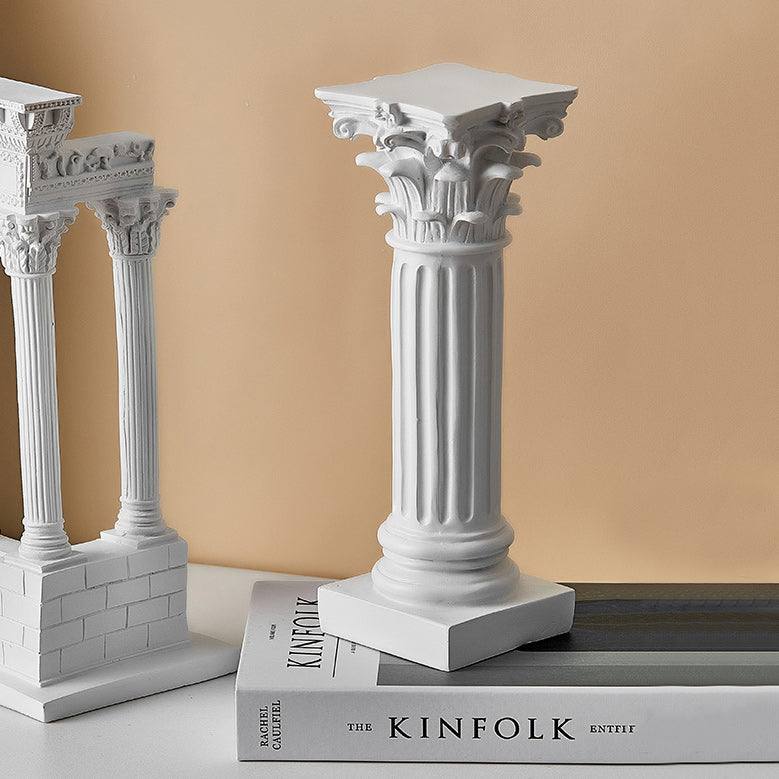Greek column decorations have captivated architecture enthusiasts and casual observers alike for centuries. Unraveling the intricacies of these timeless designs offers insights into ancient Greek civilization’s culture, beliefs, and artistic prowess. Join me as we explore the fascinating world of Greek columns, their decorative features, various styles, and their lasting impact on modern architecture.
Table of Contents
- Introduction to Greek Column Decorations
- History of Greek Columns
- Styles of Greek Columns
- Decorative Elements of Greek Columns
- Influence on Modern Architecture
- Pros and Cons of Using Greek Columns
- FAQs
- Conclusion
Introduction to Greek Column Decorations
Greek column decorations are not merely structural components; they are a testament to the artistic ingenuity and aesthetic values of ancient Greece. The appeal of these columns transcends time, offering inspiration to countless architects and designers throughout history. In my journey learning about these architectural wonders, I’ve discovered not only their beauty but also the stories they carry within their intricate designs.
History of Greek Columns
Origins and Evolution
The origins of Greek columns can be traced back to the early days of Greek architecture around the 7th century BC. Initially, these columns served practical purposes, providing support for structures like temples and public buildings. However, as architecture evolved, Greeks began to focus more on aesthetics, leading to the development of distinct column styles characterized by unique decorative elements.
Cultural Significance
Greek columns symbolized strength, beauty, and order—qualities that were highly prized in ancient Greek society. They reflected the Greeks’ philosophical beliefs in harmony and balance. Each style of column not only served a structural purpose but also conveyed cultural messages, from the simplicity of the Doric to the ornate nature of the Corinthian. Through these columns, we can glimpse the values and priorities of an ancient civilization steeped in beauty and intellect.

Styles of Greek Columns
Greek columns are traditionally categorized into three primary styles: Doric, Ionic, and Corinthian. Each style has its own unique characteristics and historical context.
Doric Columns
Doric columns are the simplest and sturdiest among the three styles. They stand directly on the stylobate without a base, making them appear robust. The shaft of a Doric column is fluted with 20 concave grooves and has a plain capital.
| Feature | Doric Column |
|---|---|
| Height | Typically 4:1 ratio of height to diameter |
| Base | No base, rests directly on the stylobate |
| Capital | Plain with a simple echinus |
| Flutes | 20 shallow flutes |

Ionic Columns
Ionic columns are more slender and elegant than Doric columns, characterized by their volute (scroll-like) capitals. They usually stand on a base composed of several stacked rings.
| Feature | Ionic Column |
|---|---|
| Height | Typically 9:1 ratio of height to diameter |
| Base | Composed of stacked rings |
| Capital | Scroll-like volutes |
| Flutes | 24 flutes, more slender |
Corinthian Columns
Corinthian columns are the most ornate of the three styles, featuring an elaborate capital adorned with acanthus leaves and scrolls. This style emerged later, around the 4th century BC, and is often associated with grandeur.
| Feature | Corinthian Column |
|---|---|
| Height | Typically 10:1 ratio of height to diameter |
| Base | Similar to Ionic, with stacked rings |
| Capital | Elaborate with acanthus leaves |
| Flutes | 24 flutes, slender and delicate |

Decorative Elements of Greek Columns
The beauty of Greek columns lies not only in their form but also in their intricate decorative elements, which enhance their artistic appeal and convey deeper meanings.
Capitals
The capital is the topmost part of the column and often serves as a transition between the column and the structure it supports. Each style of column has a distinct capital design, which plays a significant role in defining its overall aesthetic.

Entablature
The entablature is the horizontal structure supported by columns, comprising three main sections: the architrave, frieze, and cornice. The entablature often features decorative friezes depicting gods, battles, and daily life, enriching the narrative conveyed by the columns themselves.
Friezes and Metopes
Friezes are bands of sculpture or relief that run along the entablature. In Doric temples, the frieze alternates between triglyphs (three vertical grooves) and metopes (plain or decorated panels), often illustrating significant historical or mythological events.

Influence on Modern Architecture
Greek column decorations have left an indelible mark on modern architecture, inspiring countless structures across the world. From government buildings to museums, the use of Greek columns signifies strength, democracy, and beauty.
For instance, the United States Capitol building and the British Museum both incorporate Greek column styles, embodying the ideals of classical antiquity. I remember visiting the Capitol and standing before its grand columns, feeling a sense of connection to the democratic ideals they represent.
Pros and Cons of Using Greek Columns
While Greek columns can elevate the design of any building, it’s essential to consider the pros and cons before incorporating them into modern architecture.

Pros
- Aesthetic Appeal: Greek columns add a timeless elegance to structures.
- Cultural Significance: They embody historical and philosophical values.
- Versatility: Suitable for various architectural styles and functions.
Cons
- Cost: High-quality materials and craftsmanship can be expensive.
- Maintenance: Decorative features may require regular upkeep to preserve their beauty.
- Weight: Large columns can add significant weight to structures, necessitating strong foundations.

FAQs About Greek Column Decorations
1. What are the three primary styles of Greek columns?
The three primary styles of Greek columns are Doric, Ionic, and Corinthian, each with distinct characteristics and decorative elements.
2. What is the purpose of decorative friezes on Greek columns?
Decorative friezes on Greek columns often depict historical or mythological scenes, serving both an aesthetic purpose and conveying cultural stories.
3. How did Greek columns influence modern architecture?
Greek columns have inspired modern architecture, with their styles frequently used in public buildings, libraries, and museums, symbolizing democracy and beauty.
Conclusion
In conclusion, Greek column decorations are more than just architectural elements; they are a rich tapestry of history, culture, and artistry. From the sturdy Doric to the elegant Corinthian, these columns have transcended time, inspiring generations of architects and laypeople alike. As I continue to explore the world of architecture, I find that the legacy of Greek columns resonates strongly, reminding us of the ideals of beauty and balance that they epitomize.